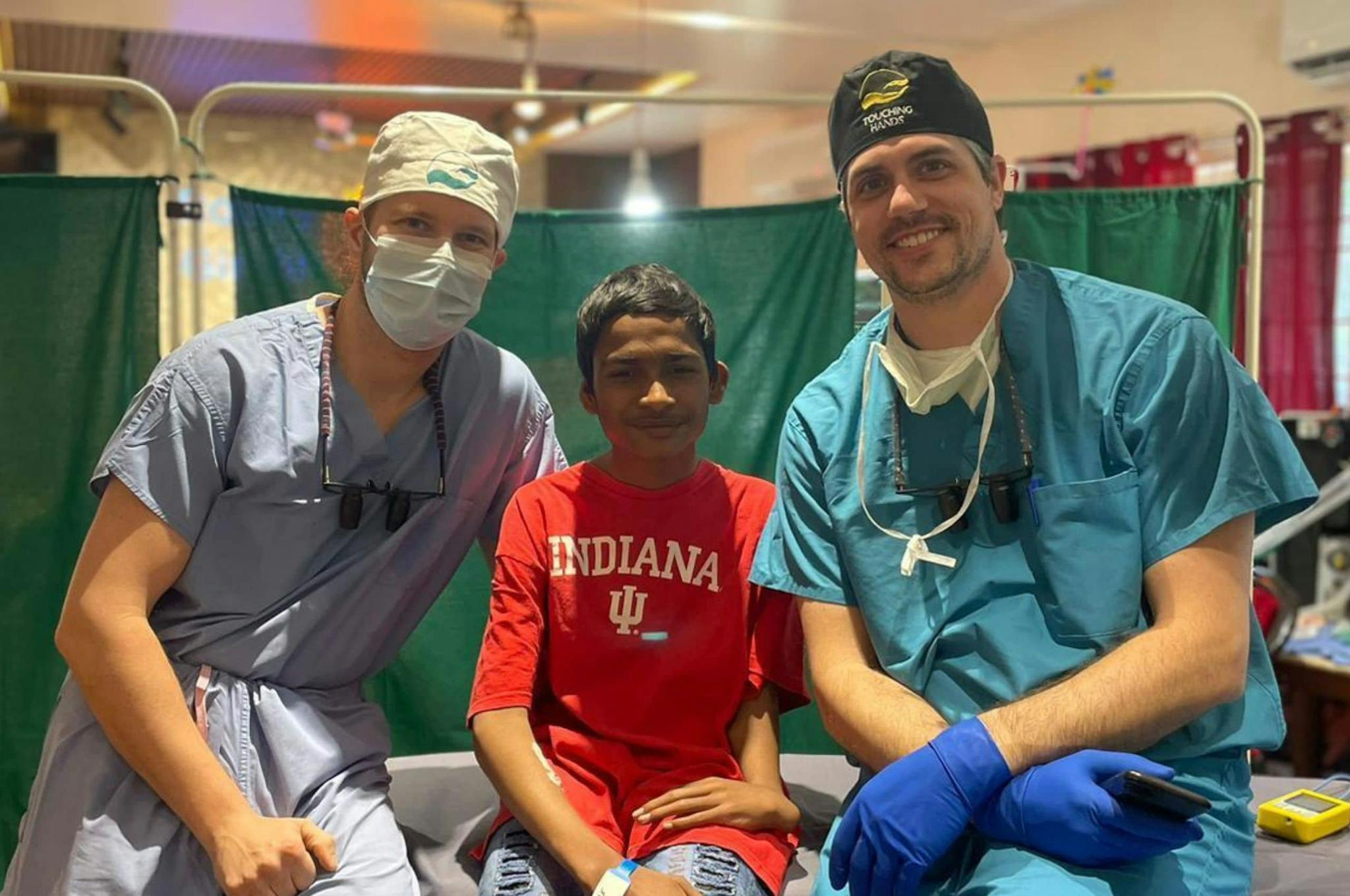
2025-06-10T13:54:10
Understanding Skin Grafts
- Dermatology
- Family Medicine
- Internal Medicine
- Orthopedics
September 20, 2016 | Orthopedics
Specialties:Orthopedics

With fall sports gearing up, some athletes are bound to suffer concussions. In 2010, about 2.5 million emergency department visits, hospitalizations or deaths were associated with concussions.
According to the Centers for Disease Control and Prevention, a concussion is “a type of traumatic brain injury caused by a bump, blow or jolt to the head, or by a hit to the body that causes the head and brain to move rapidly back and forth.” Concussions change the way that the brain functions and while concussions can be very serious, most are not.
Concussions are very common for those who play contact sports such as football. It is estimated that “5-10% of athletes will experience a concussion in any given sport season
Most athletes who suffer from a mild traumatic brain injury make a full recovery. Many athletes are tempted to get back on the field as soon as possible and ignore any lingering concussion symptoms they may have. While “pushing through” these symptoms may not seem like a big deal to the athlete, ignoring them and not giving the brain proper time to heal can have lifelong or potentially fatal consequences.
Second impact syndrome (SIS) occurs when two concussions happen in a relatively short period of time and the second concussion is inflicted before the first has fully healed. This causes the brain to “lose its ability to self-regulate pressure and blood volume flowing” and causes rapid and severe brain swelling.
This brain swelling is so severe that as the brain enlarges it presses against the skull. The pressure squeezing the brain can be so intense that it causes the brain to push through holes in the skull, resulting in decreased blood flow. Without proper blood flow the brain cannot function, causing severe disability or death.
Second impact syndrome can happen when a second concussion occurs hours, days or even weeks after the first concussion. The severity of the concussion often does not matter. Even two mild concussions, if they happen in close enough proximity, can result in SIS.
While rare, second impact syndrome is often fatal. The mortality rate in confirmed SIS cases is just over 50%, while the probability of permanent disability nears 100%
The vast majority of cases of SIS occur in high school athletes who play high impact sports. By some estimates, 95% of the those who suffer SIS are children under the age of 18.
Research shows that someone who has already received one concussion is 1-2 times more likely to receive a second one. If that individual has had two concussions, “a third is 2-4 times more likely, and if they’ve had three concussions, then they are 3-9 times more likely to receive their fourth concussion.”
It is not uncommon that with each additional concussion the amount of time needed to fully recover increases and the force required to cause a concussion decreases.
In essence, every young athlete who is at risk to sustain concussions is also at risk for SIS. The more concussions a child sustains, the greater their odds of suffering another concussion and thus having SIS. Athletes who have already suffered one more more concussion are at a much greater risk than the rest of the population for suffering from SIS
The most important way to prevent SIS is for young athletes to never return to playing a sport before their concussion is fully healed and they are experiencing no concussion symptoms. It is essential that young athletes give their brains the proper time to heal and repair itself before participating in any strenuous activity.
Many athletes ‘push themselves’ and return to play despite still having concussion symptoms. While it is difficult to get accurate research, a recent study showed that roughly 40% of high school athletes report their concussion symptoms to their coach or trainer. These athletes may not report their concussion symptoms for a variety of reasons but the most common are not wanting to jeopardize their standing in the team line up, not wanting to disappoint their team or coaches and not wanting to seem weak.
By acting ‘tough’ and not reporting their concussion symptoms, athletes are putting themselves at direct risk of SIS—most likely without knowing it.
Even when athletes do report their symptoms, they may not receive the proper help and support they need. In a 2013 study of college athletic trainers, more than 50% of trainers reported feeling pressured by coaches to clear an athlete to play before their concussion was fully healed and before the player was medically ready to be back on the field.
While most victims of SIS are younger than college athletes, this study shows a larger problem in the world of athletics. If you think that your child may have a concussion, having them looked at by a medical professional removed from their athletics may prevent SIS.
WRITTEN BY:
The Live Better Team

2025-06-10T13:54:10

2024-06-21T14:29:51

2024-02-06T11:40:13

2023-03-30T11:23:12
This information is not intended to replace the advice of a medical professional. You should always consult your doctor before making decisions about your health.